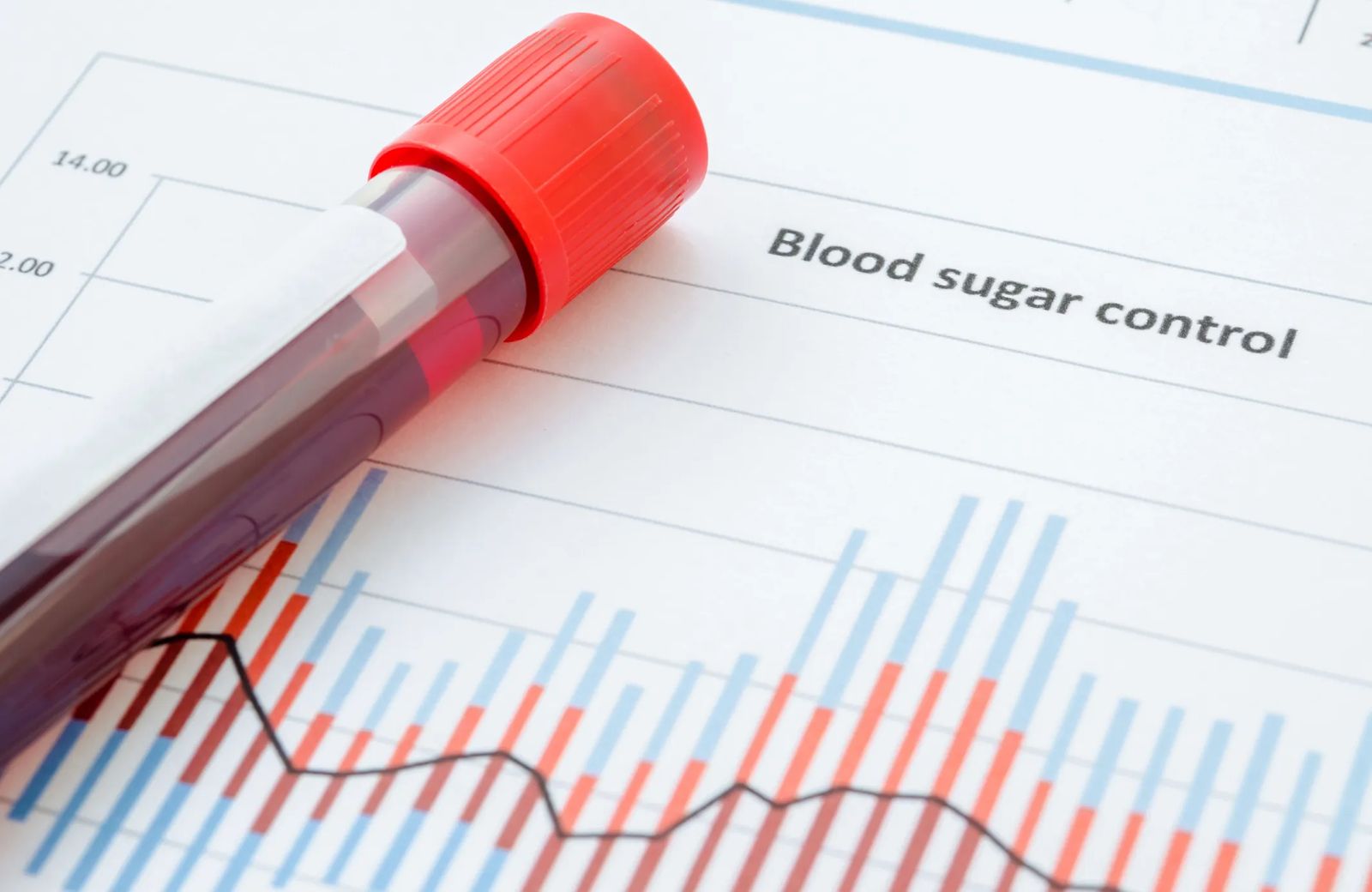
Know Your Numbers
Reduce your risk of developing heart disease
St. Vincent Regional Hospital
Winter is here. Days are shorter and many of us are less active, so it's a good a time to focus on your heart health.
Did you know heart disease is the leading cause of death for both men and women? One person dies every 36 seconds in the United States from cardiovascular disease – and about 659,000 people in the United States die from heart disease each year—that's 1 in every 4 deaths.
To help people reduce their risk of heart disease, heart experts from the Intermountain Health Heart and Vascular Program recommends that people know their heart “numbers.”

1. Blood Pressure
Blood pressure is the force of your blood against your arteries. It is measured with two numbers: your systolic pressure, or the pressure of the blood against your artery walls when your heart squeezes and pumps out blood, and your diastolic pressure, or the pressure of the blood against your artery walls when your heart rests between beats.
- An example of a blood pressure reading is 120/80, read as “120 over 80.”
- While your blood pressure will change throughout the day, it’s important to know that:
- If your blood pressure is 120/80 most of the time, it is considered normal
- If your blood pressure is more than 120/80 but less than 140/90 most of the time, it is considered hypertension.
- If your blood pressure is usually 140/90 or higher, it is considered hypertension, or high blood pressure is a major risk factor for heart disease because it puts a strain on your heart and arteries. Over time, your heart may become weak, and your arteries may become stiff and less able to move blood throughout your body. This can lead to serious, even life-threatening problems like heart attack, heart failure, and stroke.

2. BODY MASS INDEX
Your body mass index, or BMI uses your height and weight to measure your amount of body fat. Having too much body fat can raise your risk for heart disease and other medical conditions, so it’s good to know if yours is in a healthy range.
You can calculate your BMI by using this tool from the National Heart, Lung, and Blood Institute. Your BMI will fall into one of these ranges:
Less than 18.5 = underweight
18.5 to 24.9 = normal weight
25 to 29.9 = overweight
30 or greater = obese
“Being overweight raises your risk for heart disease and is linked to other serious conditions, like diabetes. Maintaining a healthy weight can benefit your health in general and goes a long way to lowering your risk for heart disease, “ shares Taylor Pohle, PA, Cardiology, Intermountain Health St. Vincent Regional Hospital.
.jpg?fit=outside&w=1200&h=1500)
TAYLOR POHLE, PA, CARDIOLOGY, INTERMOUNTAIN HEALTH ST. VINCENT REGIONAL HOSPITAL

3. BLOOD SUGAR LEVEL
Your blood sugar level, also called your blood glucose level, shows the amount of sugar in your blood. Blood sugar levels change throughout the day as you eat and digest food. When you have your blood sugar tested, you’ll be asked to not eat for several hours before the test, and your results will fall into one of these ranges:
Less than 100 mg/dl = normal
100 to 125 mg/dl = prediabetes
126 mg/dl or higher = diabetes
If you have diabetes, your body isn’t able to make or properly use a hormone called insulin, which helps move sugar from your bloodstream into your cells, so your blood sugar level will be higher. Over time, this can damage your heart and blood vessels.

4. TOTAL CHOLESTEROL LEVEL
Cholesterol is a soft, waxy substance found in your blood and all of your body’s cells. While you need some cholesterol to help you digest food and make hormones, too much can lead to heart disease.
Your total cholesterol includes:
- HDL, or “good” cholesterol. HDL helps take away some LDL, or “bad” cholesterol, from your blood.
- LDL, or “bad” cholesterol. LDL can cause the buildup of plaque in your blood vessels.
- Triglycerides, a type of fat. Triglycerides are also linked to plaque buildup.
A simple blood test can measure your total cholesterol level, and your results will be:
- 200 mg/dL or lower = normal
- 200 – 239 mg/dL = borderline high
- 240 mg/dL or higher = high
“Having too much cholesterol in your blood cause plaque to build up in your blood vessels in a condition called atherosclerosis, or hardening of the arteries. Over time, this can make your blood vessels narrow, or even totally blocked, leading to a heart attack or stroke,” shares Pohle.
5. HDL CHOLESTEROL LEVEL
HDL, or high-density lipoprotein, is known as “good” cholesterol because it helps take away some of the LDL from your blood. You want a higher level of HDL in your total cholesterol.
For example:
- HDL of 60 or greater = high
- HDL of 40 or lower = low
Once you know your blood pressure, BMI, blood sugar level, total cholesterol level, and HDL cholesterol level, you can talk with your doctor about how to manage and lower your risks for heart disease and serious problems like heart attack and stroke.
“If your numbers are in healthy ranges, your doctor can tell you how often to come back for checkups to make sure they stay that way,” shares Pohle. “But if not, your doctor can suggest lifestyle changes, like eating a heart-healthy diet, getting regular physical activity, quitting smoking, and finding healthy ways to cope with stress, or give you medicines that can help you control your blood pressure, diabetes, or cholesterol.”
For more information on heart health and to take a heart health quiz visit: connect.intermountainhealth.org/heart









